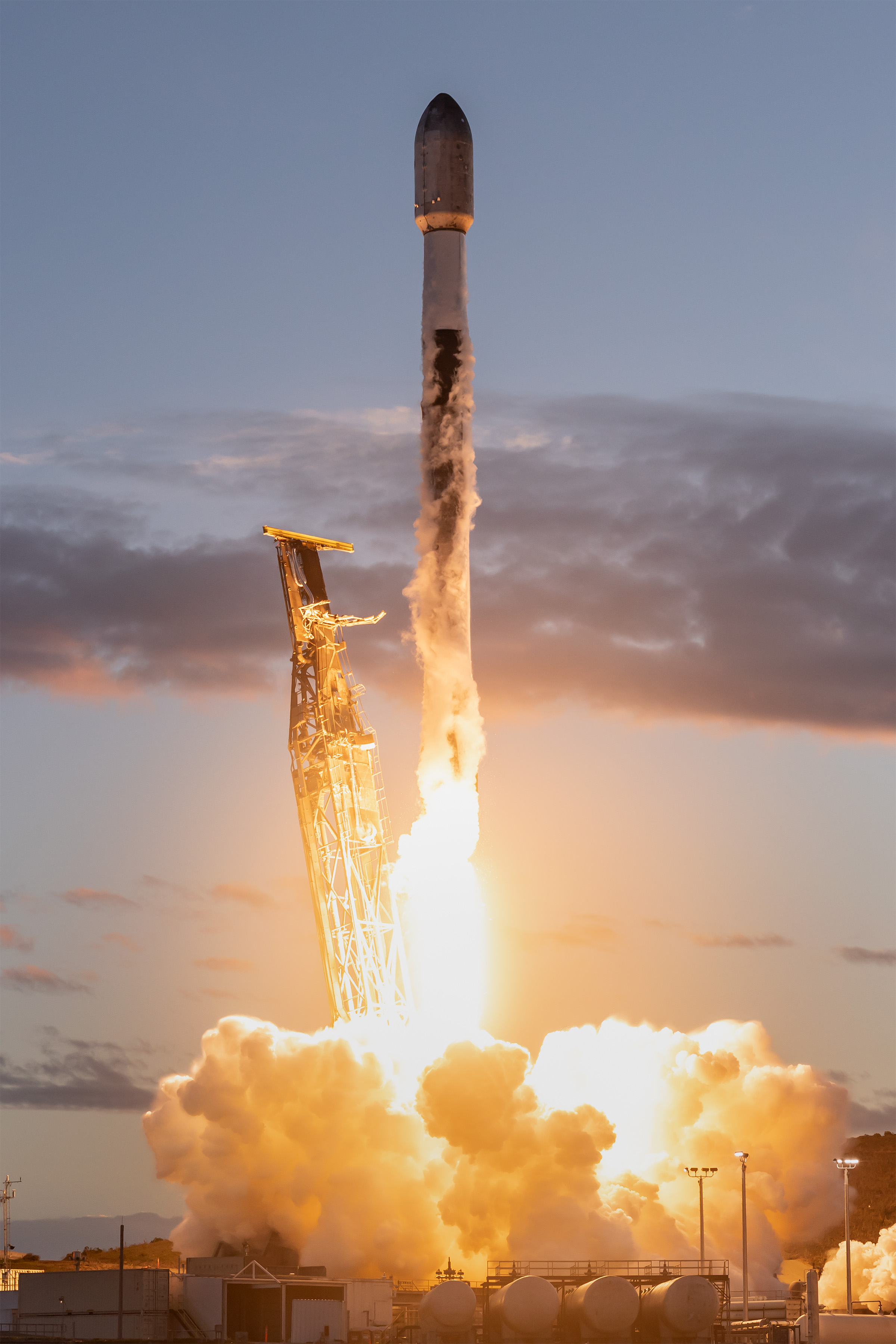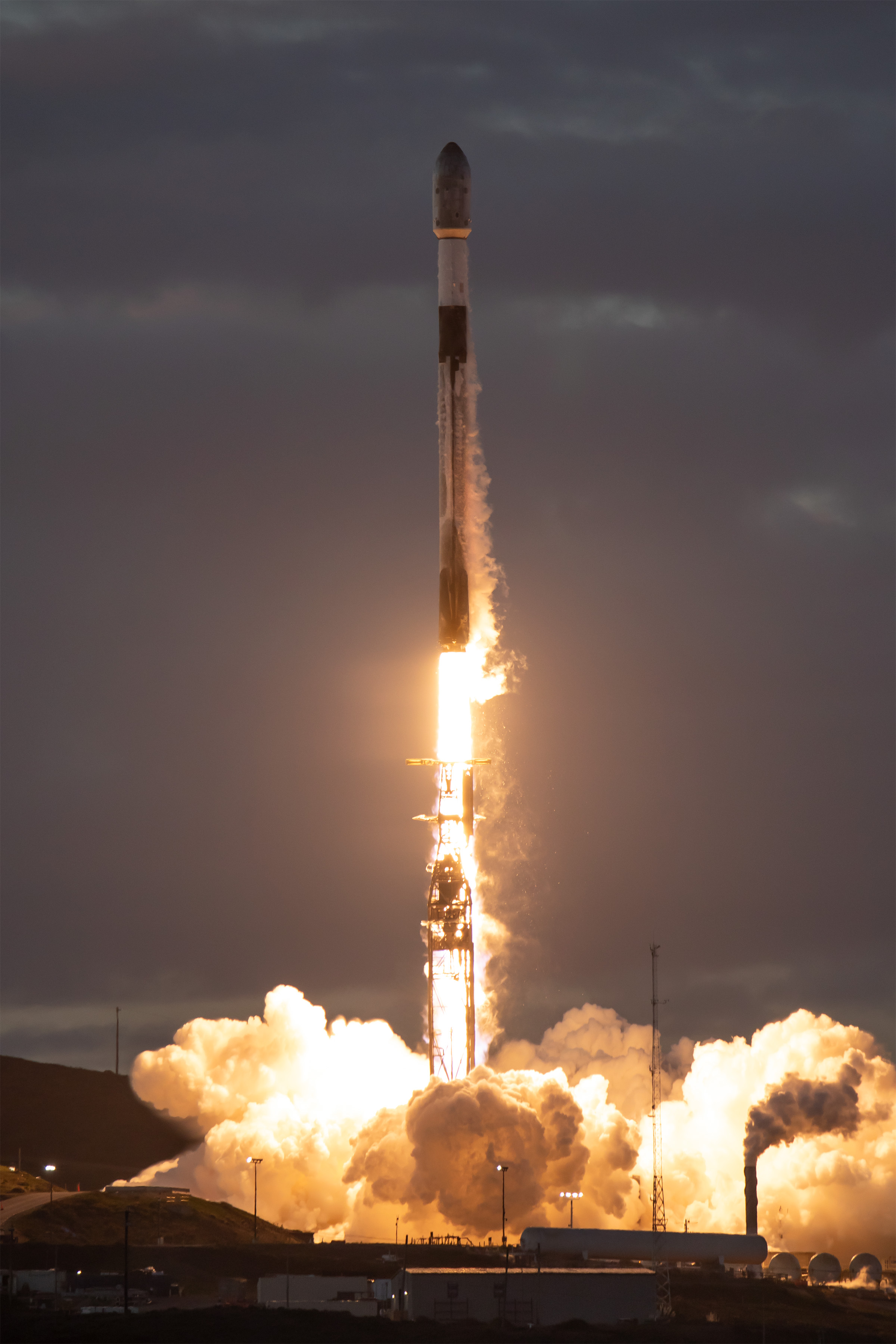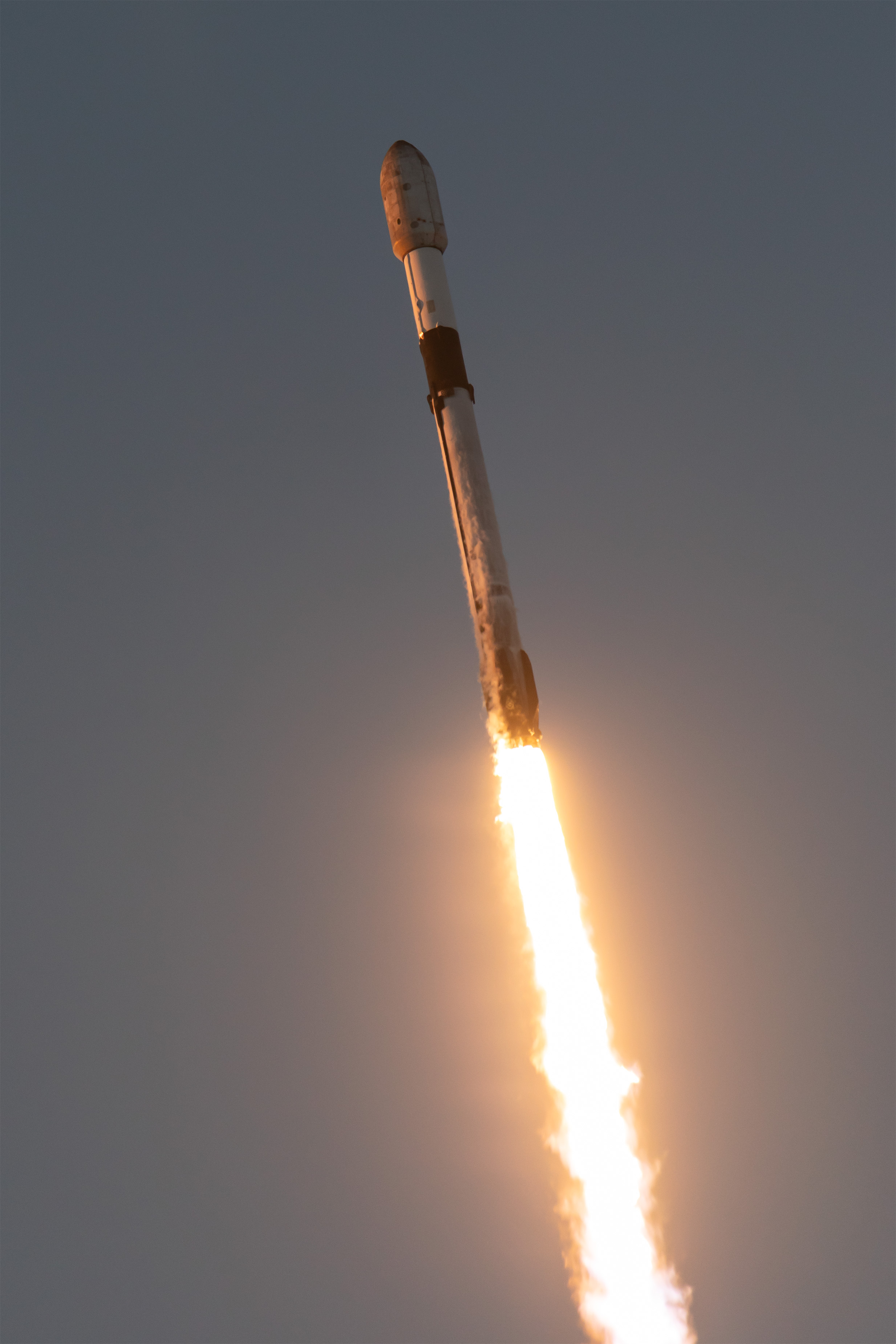In the early hours of October 23, 2025, a Falcon 9 rocket lifted off from Vandenberg Space Force Base in California, carrying 28 additional Starlink satellites into low Earth orbit. This mission marks another major step in expanding the Starlink fleet and enhancing global broadband connectivity.

The satellites onboard were part of Starlink’s V2 Mini series, optimized for faster deployments and broader coverage in underserved areas. With this latest launch, the constellation’s size continues to climb steadily, reinforcing its mission to deliver high-speed, low-latency internet around the world.
The mission’s success underscores several key trends: the increasing cadence of SpaceX’s launches, the maturity of booster reuse (allowing more frequent flights), and the growing ambition of satellite internet as a global service. The California launch site complements the Space Coast operations and allows SpaceX to serve a variety of orbital inclinations and geographic targets more flexibly.
From a technical perspective, executing 28 satellite deployments in a single mission highlights the efficiency of SpaceX’s ride-out model and the robustness of the Starlink satellite design. Each satellite launched reduces coverage gaps, improves redundancy, and helps bring faster internet to places where we’ve long taken reliable connectivity for granted.
In short: this launch is more than just another batch of satellites—it’s a clear signal that the era of large-scale, space-based internet infrastructure has arrived, and it’s moving faster than many expected.











Leave a comment